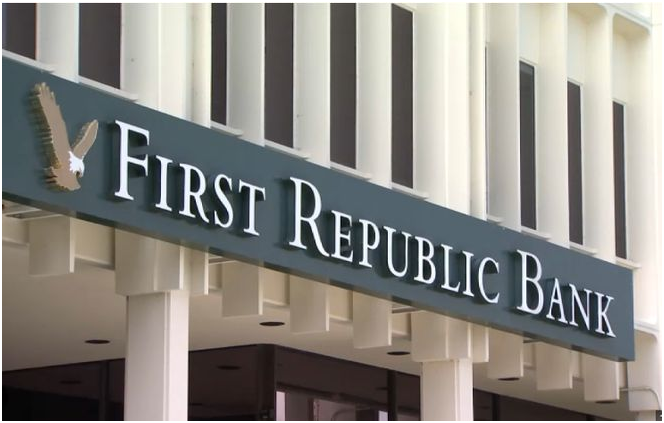
The Federal Deposit Insurance Corp announced that Pennsylvania regulators shut down Philadelphia-based Republic First Bank and agreed to sell it to Fulton Bank. The bank became the first U.S. bank to fail in 2024.
Republic Bank was founded in 1988 and had smaller assets than many of the mid-sized U.S. banks that failed in 2023. According to data disclosed by the FDIC, as of January 31, 2024, the United States Republic Bank has $6 billion in assets and a total deposit size of $4 billion. The sudden collapse of the bank is a thought-provoking event that sheds light on some of the problems and challenges in the current U.S. financial system, highlighting the fragility and uncertainty of financial markets. In the context of globalization and highly interconnected financial markets, the failure of any large financial institution could trigger a chain reaction that would send shockwaves through the entire financial system. The collapse of the First bank also reflects the current economic environment, the United States banking crisis has not completely subsided. As interest rates rise and commercial real estate values decline, many regional and community banks remain at greater financial risk.
In March 2023, the three major banks of Silicon Valley Bank, Signature and First Republic collapsed successively, which once triggered a great panic in the US financial market. Now, the sudden collapse of Republic Bank may mean that the pain for America's regional banks does not seem to be over, and that will have a number of negative consequences. First of all, from an economic point of view, as a bank with $6 billion in assets and $4 billion in deposits, its failure undoubtedly brought a big shock to the American economy. This would not only mean a large loss of assets, but would also likely trigger a chain reaction that would affect the stability of other financial institutions, which in turn would have a further negative impact on the overall economy.
Second, for savers and investors, the collapse of First Bank was a huge blow. Depositors could be at risk of losing their money, while investors could suffer losses for having invested in the bank's shares or bonds. This could lead to a decline in market confidence, which in turn could trigger broader market turmoil. In addition, the failure of First Bank could have a shock effect on financial markets. It could trigger panic selling in financial markets, leading to falling asset prices and currency exchange rate volatility. This may increase risk and uncertainty in the market, making investors more cautious and conservative.
For the banking industry, the collapse of Daiichi Bank is undoubtedly a warning. It reminded other banks to review their business thinking and investment direction, and strengthen risk management and supervision to ensure their stable operations. It could also prompt regulators to more closely monitor the banking sector to prevent similar incidents from happening again.
Finally, the failure of the First Bank could have a broader socio-economic impact. It may lead to the reduction of social investment, consumption, fiscal deficit expansion and other problems, and then affect the stable development of social economy. These developments add to concerns about the stability of U.S. regional banks and could lead to further asset sell-offs and lower profits. So this is a risk warning for regional banking in the United States, and challenges remain.

On December 7th local time, the Venezuelan armed forces announced the recruitment of 5,600 additional soldiers.
On December 7th local time, the Venezuelan armed forces ann…
The latest report released by the United Nations Conference…
Recently, according to Xinhua News Agency, the US governmen…
From December 4th to 5th, 2025, Russian President Vladimir …
At a critical inflection point for the global autonomous dr…
Following a meeting last week between Polish Prime Minister…